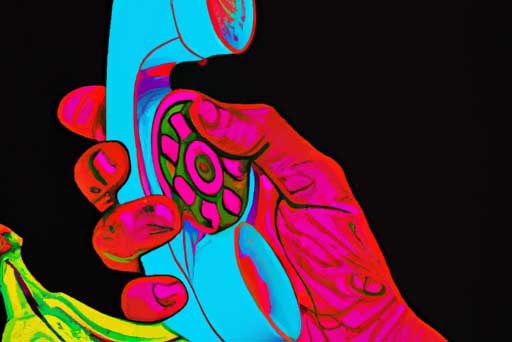Inside Nursing Home Sector’s Fight To Protect Against a Rapid Rise in Cybercrime
In recent years, the skilled nursing sector has faced an escalating threat from cybercriminals, posing significant risks to the operations of nursing homes. Due to the rapid rise in use of technology since the COVID-19 pandemic, experts in the sector have noticed an uptick in cybercrime and insurance underwriters are demanding nursing homes protect themselves from these threats. So, although cybersecurity protocols can be costly, they have become necessary, especially given greater digital connectivity in nursing homes for electronic medical records (EMR), telehealth, virtual meetings, and family interactions.
The surge in cyber threats amidst COVID-19
Due to the COVID-19 pandemic, nursing homes have had to adapt quickly by implementing technology and digital solutions to maintain operations and ensure the safety and well-being of residents. This rapid digitization has made the sector more vulnerable to cyber threats, as criminals have identified nursing homes as a new industry to target. The surge in cyber threats during the pandemic has prompted insurance companies to mandate cybersecurity protocols, such as multi-factor authentication, for nursing homes to mitigate risks.
Countermeasures implemented by nursing homes
In response to the escalating cyber threats, nursing homes have implemented various countermeasures to strengthen their cybersecurity posture. One prominent measure is the adoption of phishing training programs within the industry. These programs simulate phishing attacks for training purposes, helping staff recognize and avoid potential threats. Additionally, email filters have been implemented to provide an extra layer of protection by quarantining suspicious emails, blocking emails from known bad actors, and preventing malicious payloads from causing harm.
Ongoing awareness and training
As cyber threats continue to evolve, ongoing awareness and training are crucial in the nursing home sector. Phishing attacks are the primary threat vector, and continuous education and training are necessary to ensure staff remains vigilant. Cybersecurity is expected to be a significant topic in future presidential elections, and there is a growing recognition of the need for the federal government to mandate cybersecurity measures in institutions to protect the country and its citizens.








